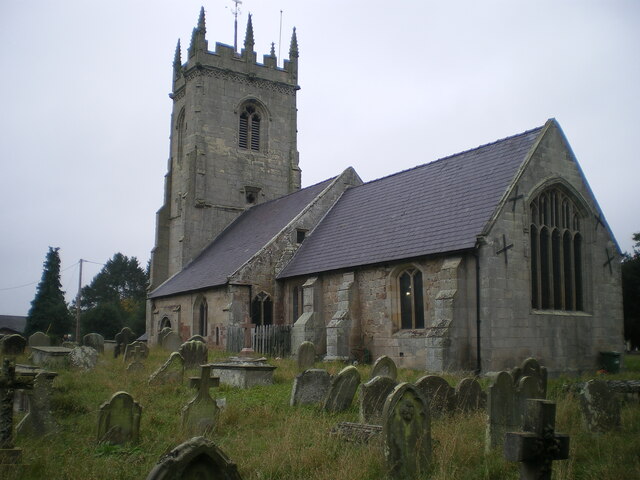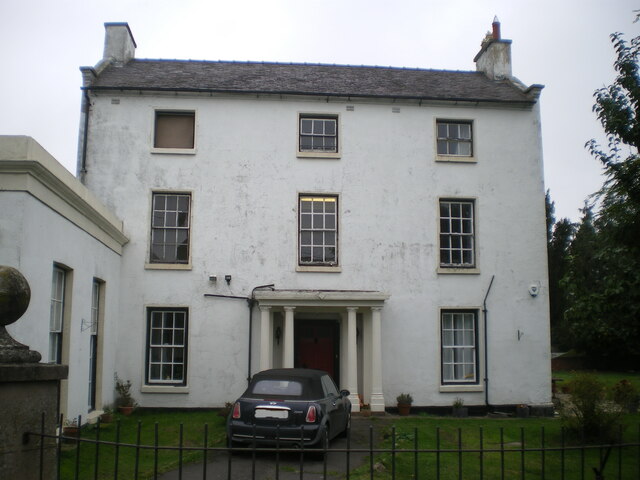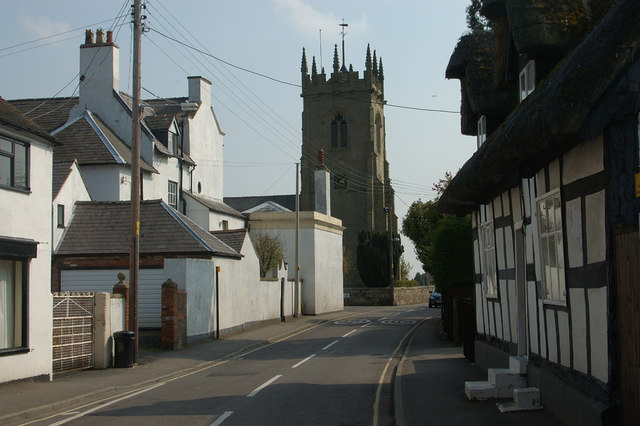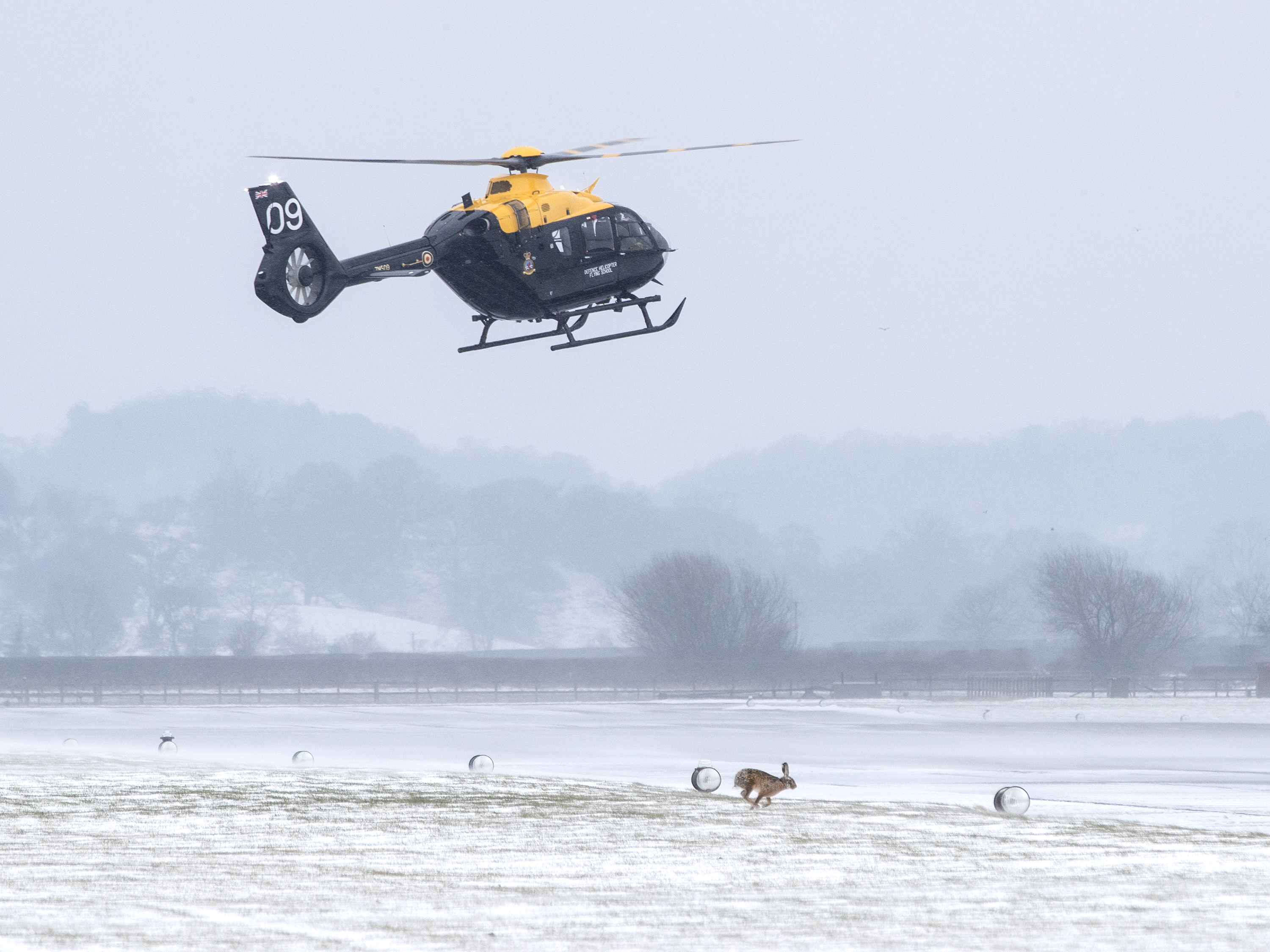Morton Mill
Settlement in Shropshire
England
Morton Mill

Morton Mill is a historically significant location situated in the picturesque county of Shropshire, England. Located near the village of Morton, the mill is nestled amidst rolling hills and verdant landscapes, epitomizing the charm and beauty of the English countryside.
Dating back to the 18th century, Morton Mill holds a rich industrial heritage. Originally built as a water-powered grain mill, it played a crucial role in the local agricultural economy. The mill harnessed the power of the nearby River Severn to drive its machinery, enabling efficient processing of grains into flour.
The mill's architecture is a testament to its historical importance. With its sturdy stone walls and large water wheel, it exudes a sense of resilience and craftsmanship. The interior of the mill boasts an array of original machinery, providing visitors with an insight into the bygone era of traditional milling techniques.
In recent years, Morton Mill has undergone renovation and restoration efforts to preserve its historical significance. Today, it stands as a popular tourist attraction, drawing visitors from far and wide. Guided tours allow visitors to explore the mill's interior, discover its fascinating history, and witness demonstrations of the milling process.
Surrounded by idyllic countryside, Morton Mill offers visitors a tranquil escape from the bustle of modern life. The mill's setting provides ample opportunities for leisurely walks, picnics, and photography, allowing visitors to immerse themselves in the natural beauty of the Shropshire landscape.
Morton Mill serves as a testament to the region's rich heritage and is a must-visit destination for history enthusiasts and nature lovers alike.
If you have any feedback on the listing, please let us know in the comments section below.
Morton Mill Images
Images are sourced within 2km of 52.793842/-2.6391277 or Grid Reference SJ5722. Thanks to Geograph Open Source API. All images are credited.





Morton Mill is located at Grid Ref: SJ5722 (Lat: 52.793842, Lng: -2.6391277)
Unitary Authority: Shropshire
Police Authority: West Mercia
What 3 Words
///snowboard.blueberry.sneezed. Near Shawbury, Shropshire
Nearby Locations
Related Wikis
Moreton Corbet
Moreton Corbet is a village and former civil parish, now in the parish of Moreton Corbet and Lee Brockhurst, in the Shropshire district, in the ceremonial...
Shawbury
Shawbury is a village and civil parish in Shropshire, England. The village is 8 miles (13 km) northeast of Shrewsbury and 12 miles (19 km) northwest of...
Moreton Corbet Castle
Moreton Corbet Castle is a ruined medieval castle and Elizabethan era manor house, located near the village of Moreton Corbet, Shropshire, England. It...
Defence Helicopter Flying School
The Defence Helicopter Flying School (DHFS) was a military flying school based at RAF Shawbury in Shropshire, England. The school, established in 1997...
Stanton upon Hine Heath
Stanton upon Hine Heath is a village and parish in Shropshire, England. The River Roden flows through the village. Author Mary Webb (1881–1927) lived with...
RAF Shawbury
Royal Air Force Shawbury, otherwise known as RAF Shawbury, is a Royal Air Force station near the village of Shawbury in Shropshire in the West Midlands...
Moreton Corbet and Lee Brockhurst
Moreton Corbet and Lee Brockhurst is a civil parish in Shropshire, England. It is the result of a merger of two older parishes - Moreton Corbet and Lee...
Rutunium
Rutunium was a former Roman settlement at the site of Harcourt Park, Shropshire, in the United Kingdom. It appeared in the Antonine Itinerary. == References ==
Nearby Amenities
Located within 500m of 52.793842,-2.6391277Have you been to Morton Mill?
Leave your review of Morton Mill below (or comments, questions and feedback).

















